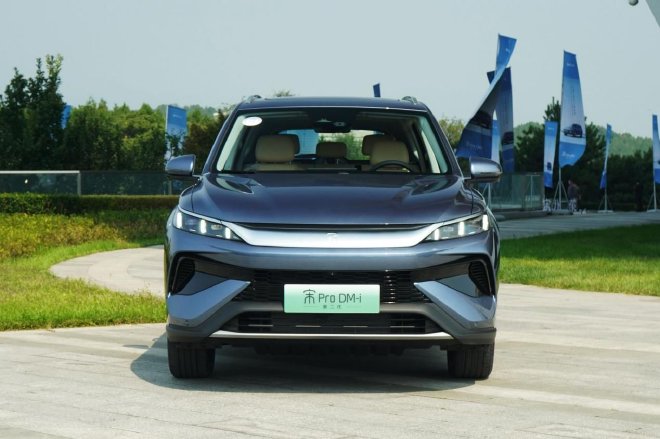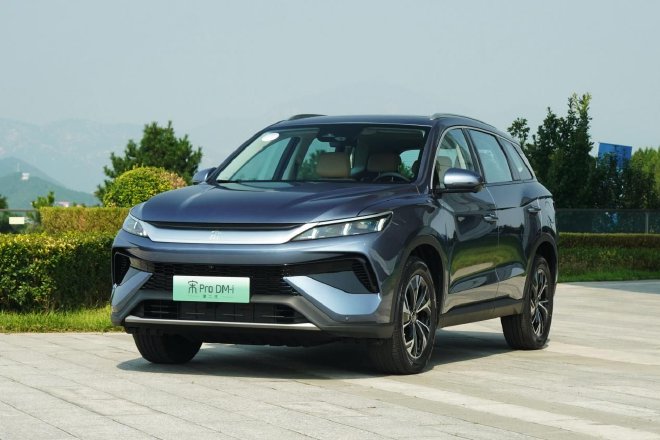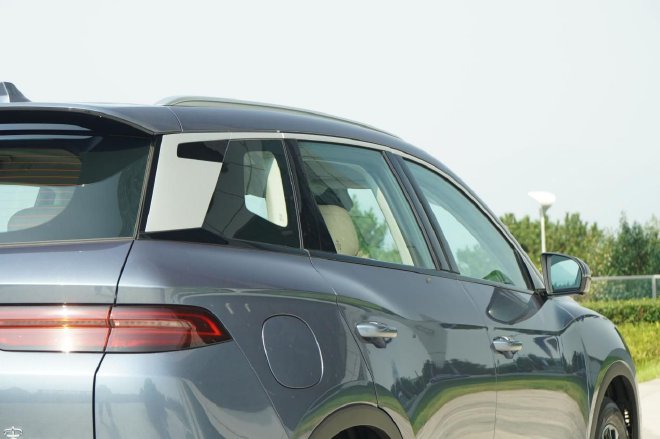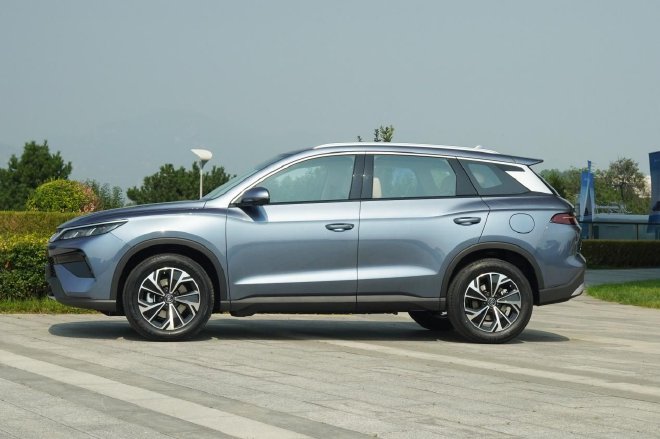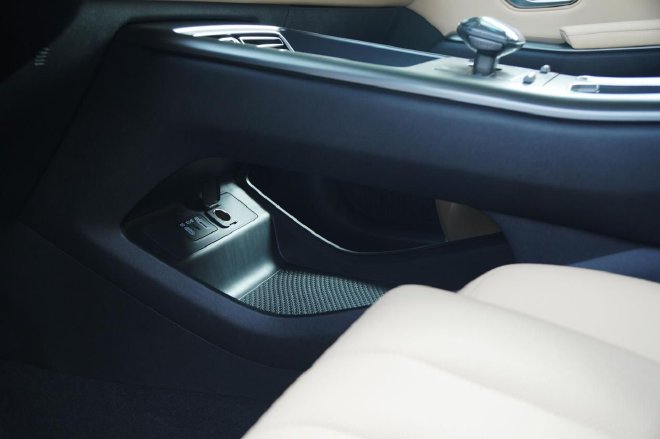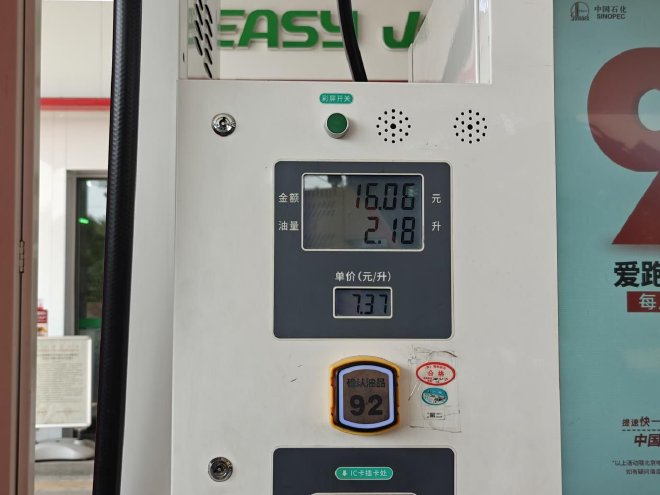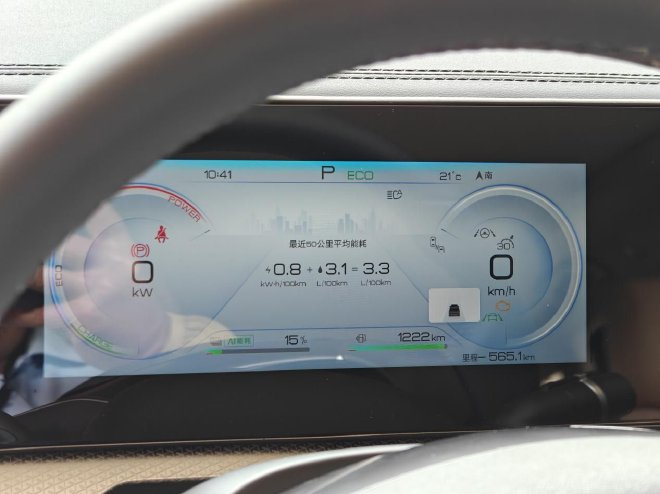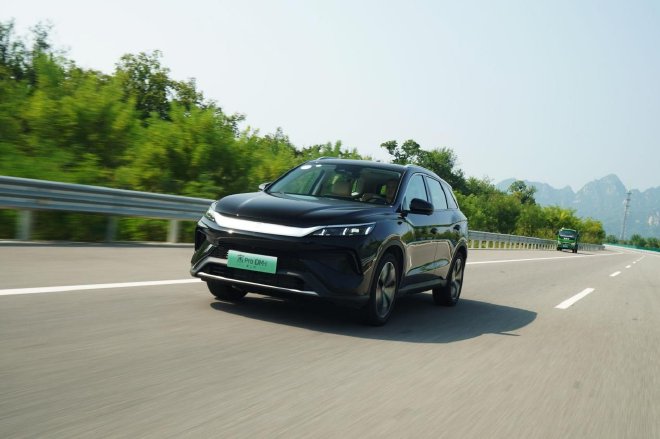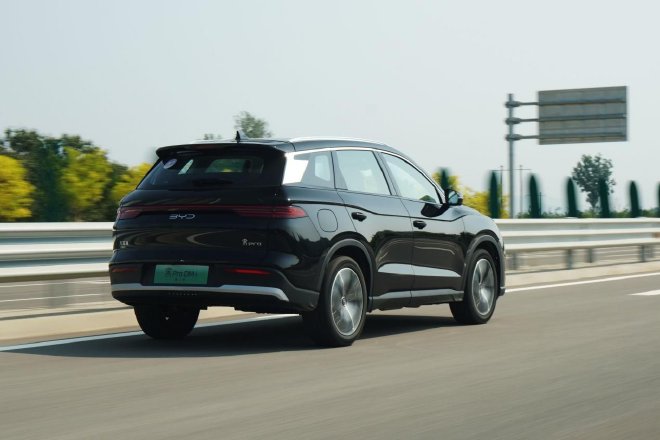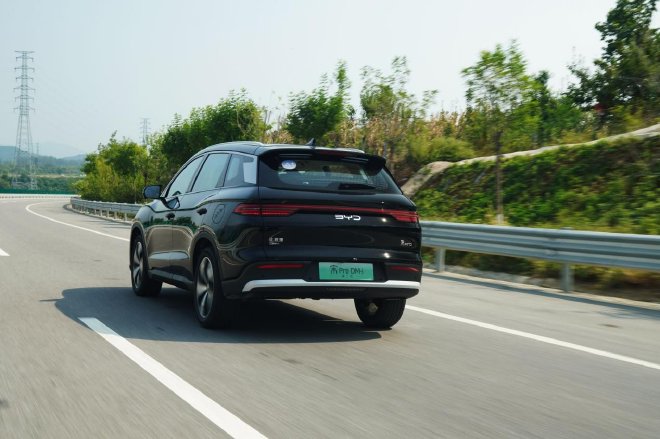As a leading brand in China’s new energy vehicle market, BYD offers an impressive range of products. From the Seagull priced under 100,000 yuan (14230$) to the Yangwang U8 over 1 million yuan, BYD has options for every need. While all BYD models attract attention, ordinary consumers often focus on the 100,000 to 150,000 yuan (21350$) range. If you want a recommendation for a plug-in hybrid SUV in this price range, consider the newly launched second-generation Song Pro DM-i.
On September 23, the second-generation Song Pro DM-i officially launched. This new model features BYD’s fifth-generation DM technology. It also upgrades the exterior, interior, and smart features. As of August, the Song family has sold over 1.67 million vehicles, dominating the A-class SUV market. The new “Dragon Face” aesthetic design impresses. Most Dynasty series models use this design. The second-generation Song Pro DM-i enhances the Dragon Face aesthetic. The new design retains the overall shape of the previous generation. The biggest change appears in the front grille.
The new front grille has a powerful name: “Dragon Soul Awakening.” It sounds impressive. The original large mouth design has toned down. The iconic “dragon whiskers” remain. The front appears more three-dimensional. It features more horizontal lines. The lower bumper design is simpler than before.
From the side, the second-generation Song Pro DM-i looks similar to the previous model. It features smooth lines. The rear roof remains relatively flat, providing ample headroom for rear passengers. The D-pillar trim has some design changes. The car’s dimensions are 4735 mm in length, 1860 mm in width, and 1710 mm in height, with a wheelbase of 2712 mm. The length has changed slightly.
The new car offers four colors: Mystic Black, Distant Mountain Blue, Snowy White, and Time Gray. These colors draw inspiration from the vibrant Song Dynasty culture. They showcase a strong cultural essence in new national trend design.
The changes at the rear focus on the brand logo and bumper. The rear logo switched from “Build your Dream” to “BYD.” The lower bumper now has a simpler design that matches current aesthetics. The shape of the taillights remains the same, but the interior features a solid red finish.
The top model features 19-inch aluminum alloy wheels. They showcase precise craftsmanship and a dynamic design. The low rolling resistance tires enhance both appearance and fuel efficiency. The model also offers 18-inch two-tone wheels. The piano black and polished spokes create a stylish and sporty look.
Interior Upgrade: Elegant Cabin of the Song Yun After examining the exterior, let’s look at the interior. The second-generation Song Pro DM-i features a significant upgrade. The design shifts from a trapezoidal style to a popular T-shaped structure. The materials and design quality rank above average in its class. The new car introduces a fresh interior color, “Amber Brown.” This shade appears lighter than the brown in the Song L. It looks fresh, elegant, and dirt-resistant.
The new car features a new style steering wheel. It lacks bright color accents, but it offers a better grip and overall feel. The multifunction buttons on both sides have clear functions. They are easy to use. The 8.8-inch LCD display shows clear text and provides ample information.
The top model features a rotating 15.6-inch Pad screen. Everyone is familiar with this screen’s quality. The built-in apps are abundant. The car’s system offers great expansion and playability, proven by years of market experience.
The height and width of the central dashboard feel just right. The central armrest lets my elbow rest comfortably while driving. The crystal gear shifter is present. The commonly used buttons are physical. It has a 50-watt wireless charging panel for phones, but only one is provided. The storage space below is spacious and includes a 12V power outlet.
The biggest change in the seats is the replacement of the fixed headrest front seats with adjustable headrest seats. This change accommodates more body types. The high-end models offer heated and ventilated front seats. The seating position and comfort are good. The rear space remains acceptable since the wheelbase did not change.
The second-generation Song Pro DM-i upgrades visible and hidden features. The new car uses BYD’s fifth-generation DM technology. It has a 1.5T hybrid engine with a thermal efficiency of 46.06%. The electric drive system’s efficiency reaches 92%. The seven-in-one power domain control and hybrid-specific blade battery contribute to its performance. It achieves an impressive NEDC fuel consumption of 3.79L per 100 kilometers when depleted. The full charge range reaches up to 1400 kilometers.
Four driving modes exist. The EV mode suits daily city use. It starts quickly and quietly. The HEV series mode provides better power during rapid acceleration. The parallel mode offers more confidence at high speeds. The engine direct drive mode improves fuel efficiency. This car features a combined AC/DC charging port. It supports a maximum charging power of 18 kW. Charging from 30% to 80% takes just 34 minutes. The second-generation Song Pro DM-i entry model has an electric range of 75 kilometers. There is also a model with an electric range of 115 kilometers available.
Before the test drive, we conducted a simple fuel consumption experience. We filled the tank when the remaining battery was at 18%. We drove on national roads, highways, and through traffic jams. We covered about 90 kilometers. We maintained a speed of around 90 kilometers per hour on the highway and about 60 kilometers per hour on the national road. The final displayed fuel consumption was 3.1 liters per 100 kilometers, with a combined energy consumption of 3.3 liters per 100 kilometers. We returned to the gas station to refuel, adding 2.18 liters. Overall, this fuel consumption performance appears accurate.
The driving experience feels light and powerful. Like other models with BYD’s fifth-generation DM technology, it starts with pure electric drive. The engine activates at the right time to assist in driving and to charge the battery. You barely notice noise or vibration when the engine starts. This feature works well. The new AI smart control chooses the driving mode based on real-time conditions. If you prefer convenience, AI smart control suits you best.
The family-oriented model focuses on comfort. The second-generation Song Pro DM-i also prioritizes ride comfort. The suspension effectively filters small bumps. It minimizes vibrations felt by passengers. Larger potholes cause minimal body vibrations. The steering feels light. Combined with a solid chassis, the car offers good agility during quick lane changes.
The front row features double-layer laminated glass. This design offers sound insulation. At 80 km/h, the cabin noise remains acceptable. Noise increases gradually after 100 km/h. Given the car’s positioning, I find this performance acceptable.
The test drive featured the pure electric 115 km Excellence model. It included an NFC key, smart cloud services, smart power on/off, L2 level driving assistance, a 540° transparent chassis, multi-color ambient lights, and a power tailgate. I recommend choosing the top configuration to fully experience this car.
Overall, the second-generation Song Pro DM-i features a powerful powertrain. Its upgraded exterior and interior will boost its market performance. The second-generation Song Pro DM-i will sell alongside the first-generation Song Pro DM-i Glory Edition. It offers a wider price range to meet different user needs.

